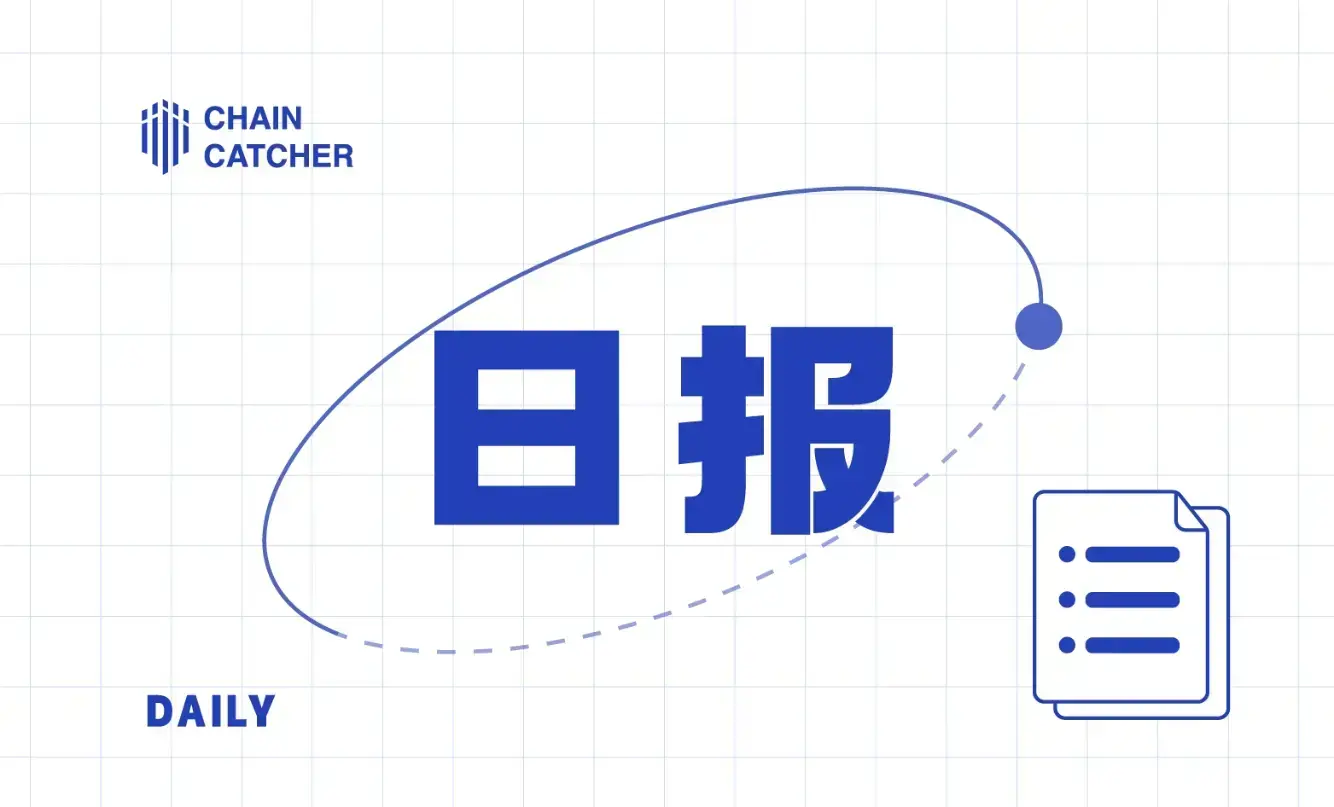The Rise of Move Language and Movement Labs
What is the Move Language
Move is a programming language based on Rust, developed for Meta's Diem blockchain project. Move aims to address the limitations of existing smart contract languages, providing scarcity, determinism, and verifiability. Unlike traditional programming languages, Move is designed specifically for blockchain applications, emphasizing security and efficiency. Move features platform independence, supporting cross-blockchain libraries, tools, and developer communities.
Advantages of the Move Language
Move has several advantages over existing blockchain languages. Its resource-oriented programming model and built-in security features make it an ideal choice for building secure, high-performance blockchain applications. Move's design emphasizes security, aiming to avoid many common Web3 issues such as reentrancy vulnerabilities, toxic tokens, and counterfeit token approvals. Digital assets are treated as resources, meaning they cannot be arbitrarily copied or destroyed.
Object-Oriented and Asset-Based Programming
Move is designed as an object-oriented and asset-based programming language. In Sui Move, objects are central, allowing for fine-grained access control. The global storage structure maps object IDs to objects, supporting efficient transaction processing and precise access representation. Move's capability model ensures that objects have specific permissions, preventing unauthorized operations such as copying or deleting objects.
Formal Verification with Move Prover
Move Prover is a verification tool that helps developers write formal specifications for the key functionalities of their applications and checks the correctness of code execution within 30 seconds. This tool is crucial for preventing common smart contract errors, allowing for the establishment of preconditions, postconditions, and data invariants. Move Prover integrates with the Move build system, enabling developers to easily verify their code.
Governance and community tools initially lacked a formal governance mechanism during Facebook's development, and the evolution of Move now involves a diverse team from various institutions, including academia and the security community. The design principles of the language focus on simplicity and cross-platform applicability, ensuring it remains flexible and user-friendly for both experienced smart contract developers and newcomers from Web2. Move's governance approach aims to avoid contentious decisions by focusing on core principles and only expanding the language when necessary.
Early Move Ecosystem Sui
Sui is a decentralized proof-of-stake blockchain with horizontally scalable throughput and storage, developed by Mysten Labs. Its team comes from Novi Research, Meta's advanced blockchain R&D department, dedicated to the Diem blockchain and the Move programming language. The founding team includes CEO Evan Cheng, CPO Adeniyi Abiodun, CTO Sam Blackshear (the founder of Move), Chief Scientist George Danezis, and Chief Cryptographer Kostas Chalkais.
Sui is expected to handle over 120,000 TPS, processing independent transactions in sub-seconds and more complex transactions (involving shared objects) within 3 seconds. Transaction dependencies are mapped out before execution, allowing independent transactions to be processed through Byzantine consensus broadcasting, while transactions involving shared objects are handled by a consensus protocol called Narwhal & Tusk.
Sui has made some modifications to Move's core functionalities, particularly regarding global storage operators and key capabilities. These changes preserve Move's security and flexibility while optimizing storage and addressing mechanisms, improving network performance and reducing transaction confirmation times.
Aptos
Aptos is a Layer 1 blockchain with the mission of creating universal and fair access to decentralized assets for billions of people. It was co-founded by CEO Mo Shaik and former Meta lead blockchain solutions engineer CTO Avery Ching. Before joining Meta, Mo worked at ConsenSys, BlackRock, and Boston Consulting Group, while Avery worked at Yahoo. The Aptos team consists of PhDs, researchers, engineers, designers, and strategists from companies such as Meta, Novi, Amazon, and VMware.
Aptos currently achieves throughput of up to 10,000 TPS, with a theoretical maximum throughput of 160,000 TPS. Most transactions are validated after two network broadcasts, with a final confirmation time of 250 milliseconds. By separating the transaction execution layer from the consensus protocol, parallel execution is achieved, with parallel execution realized through Block-STM and sub-second latency through state synchronization. Its consensus engine is adapted from Diem's HotStuff and is the fourth iteration from its team.
Aptos expands the core MoveVM functionality through an adaptation layer, including parallelism via Block-STM, allowing transactions to be executed in parallel without user input, large-scale storage tables in accounts, and fine-grained storage decoupling, where the amount of data in an account affects the GAS fees of related transactions. >
Movement Labs
Movement Labs is a blockchain development team dedicated to integrating blockchain networks to support the fastest and most secure Layer 2 solutions on Ethereum. Their mission is to combine smart contract security with the liquidity and user base of EVM. Through their flagship L2, they connect Rollup with the Move Stack, bringing MoveVM to Ethereum. This article explores the innovations brought by Movement Labs and the potential of the Move programming language in the blockchain ecosystem.
Background
Rushi Manche, co-founder of Movement Labs, has been passionate about distributed systems and network security since childhood. At 14, he began working in engineering and freelanced using Solidity during college. During this time, he met Cooper Scanlon, and together they joined the early development of the Move ecosystem.
After identifying poor user experiences and smart contract vulnerabilities in the current blockchain infrastructure as major issues, Rushi and Cooper founded Movement Labs in 2022. Their goal is to accelerate innovation in the crypto space, enabling developers to build the next major application on-chain, even without large teams and expensive auditors. >
Addressing Security Issues
Between 2022 and 2023, hackers exploited smart contract vulnerabilities, stealing over $5.4 billion in crypto assets through common reentrancy attacks affecting major protocols like Curve and KyberSwap. To address these issues, Movement Labs is committed to building a modular blockchain ecosystem based on Move, starting with M2, the first MoveVM Layer 2 on Ethereum. They are also introducing a new execution environment designed for over 30,000 transactions per second (TPS).
Move-EVM allows developers to deploy verified code at runtime, preventing reentrancy and other attack vectors. This "integrated approach" combines shared ordering, embedded formal verification, alternative data availability, and Ethereum settlement to enhance security and performance. Additionally, Movement Labs will launch Move Stack, an execution layer framework compatible with Rollup frameworks from companies like Optimism, Polygon, and Arbitrum. >
Integrating Move with Modularity
Modular integration is at the core of Movement Labs' design philosophy. By breaking down the blockchain stack into modular components with clear interfaces, seamless integration, customization, and upgrades are achieved. Developers can mix and match modules to customize their stack. This integrated modular architecture has significant advantages in scalability, security, and innovation compared to monolithic designs.
Parallel EVM and Move
Parallel EVM is an exciting development aimed at improving Ethereum's scalability and performance. Move and Solidity serve different purposes and can coexist and complement each other. Move focuses on security and expressiveness, making it suitable for building complex smart contracts and high-performance applications. Meanwhile, Solidity has a large ecosystem and developer community. At Movement Labs, developers can choose the language that best fits their needs. By implementing MoveVM in the Ethereum execution environment, throughput can be significantly increased, enabling developers to create new types of Ethereum applications.
Decentralized Sorter Movement is a modular L2 where M1 serves as the execution layer of the chain, while M2 features an integrated decentralized sorter node mechanism, providing a free gas market for the Movement network.
Compatibility of Move and Solidity The programming logic of Solidity is significantly different from Move. Movement has designed a translator for Solidity, allowing smart contracts written in Solidity to adopt OOP (Object-Oriented Programming) principles on Movement. However, translated contracts may encounter engineering challenges, such as limited access to Move objects when using Solidity or differences in token and NFT standards. >
Funding
On April 25, Movement Labs completed a $38 million Series A funding round led by Polychain Capital, with participation from Hack VC, Placeholder, Archetype, Maven 11, Robot Ventures, Figment Capital, Nomad Capital, Bankless Ventures, OKX Ventures, Binance Labs, dao5, and Aptos Labs.
Move is a programming language originally created for Facebook's Diem project, gaining attention in the crypto space. Placeholder explains the significance of Move in its article "From Solidity to Move." >
Future Roadmap
In the short term, developers can expect the deployment of the first Move smart contract on the Ethereum testnet. Movement Labs will also release a set of Move tools and resources to support developers. The long-term goal is to achieve a full Rollup launch on the mainnet, bringing the power of Move to the entire Ethereum ecosystem.
As part of its global expansion strategy, Movement Labs places great importance on the Asia-Pacific region. Recognizing the immense potential and talent within the Move developer community, they will continue to support Asian Move developers by providing the necessary resources, education, and opportunities to showcase their outstanding work and promote the growth of the Move ecosystem.









